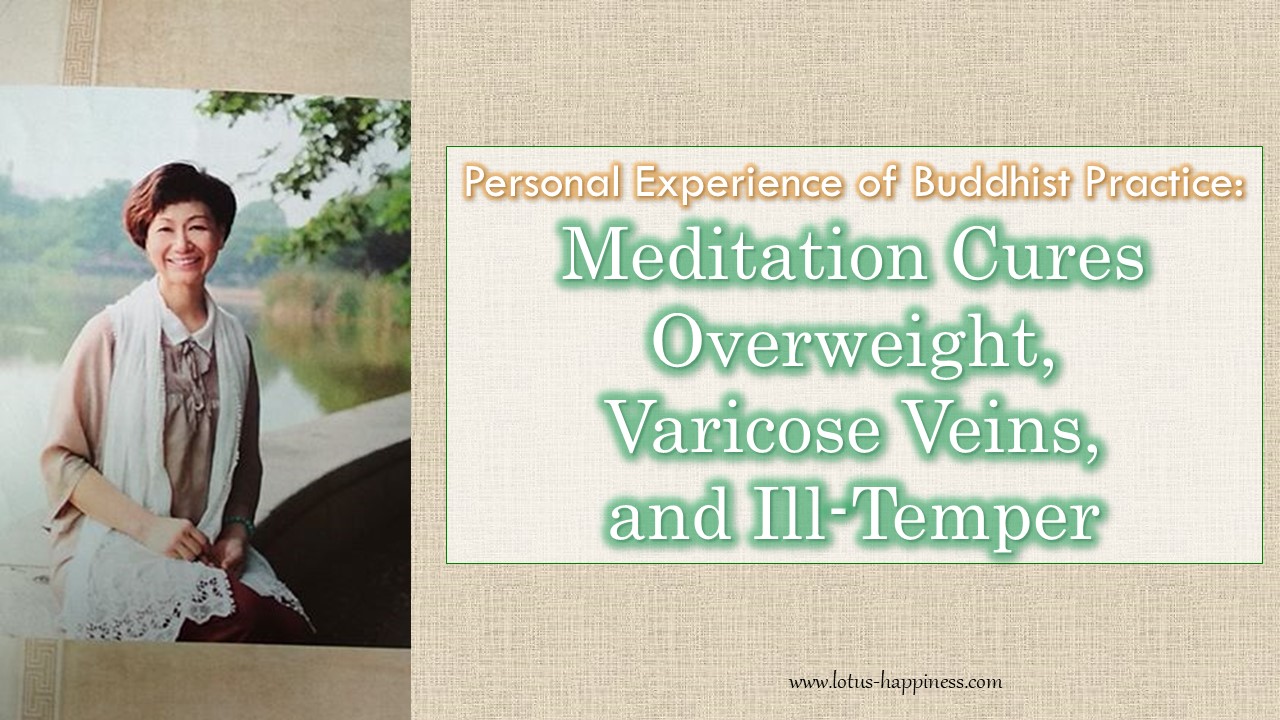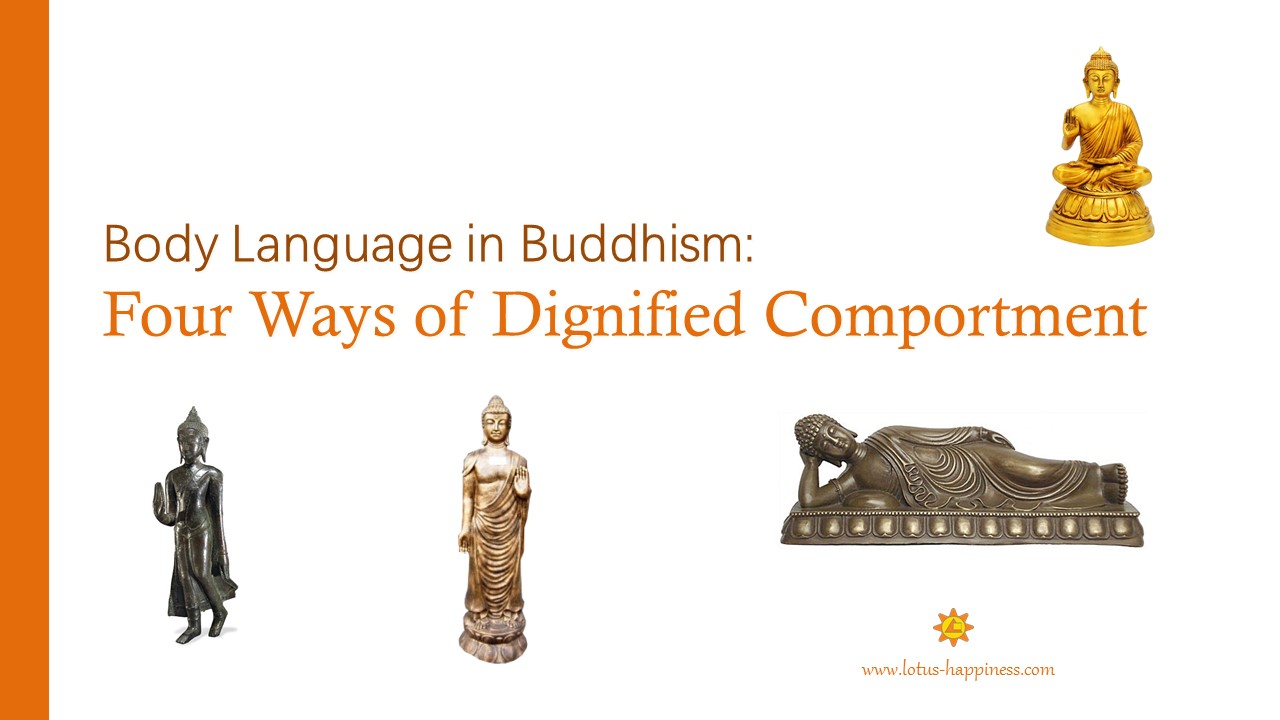8 Jhanas from the Pali Canon
The jhanas are altered states of consciousness which are produced from periods of strong concentration. Although not enlightenment experiences, they do provide much needed experience into the Path and explain much of the cosmology in an experiential way. For example, each jhana tends to correspond to one or more heavenly realms in the cosmology. By attaining different levels of jhana, the meditator increases the likelihood of being re-born to a heavenly plane of existence. If you pass away while meditating at one of the jhanic levels, you will be re-born to that heavenly existence. If you pass away when you are not in a meditation session, but have attained to a certain level of jhana in the past, you can still be re-born to one of those heavenly planes.
To reach the jhanic states of the four jhanas and the five immaterial, formless realms, one must choose a meditation subject and use one-pointedness concentration. The subject can be a devotional statue, a colored disc, or simply your breath. As opposed to insight meditation or vipassana, in this meditation you focus all your attention on your subject. The background views and noises must remain only part of the background. You concentrate on your subject with eyes sometimes open and then closed. When your eyes are closed, look for the after-image of your meditation subject in your mind. Eventually you will reach a high state of concentration with all of the five hindrances gone from your mind. The five hindrances are not permanently extinguished, but gone for the meditation to allow the entry to jhanic states.
When your mind state is free of the five hindrances and your concentration is especially strong you enter the first jhana of pleasant sensations. It takes much practice and remember patience is very important. You may not experience your first jhanic state until many years of practice.
There is no exact title of each level of jhana (except for the formless realms), but some terms have been used here to help differentiate from one level to the next. As you reach each jhanic level, your mind will be tempted to remain at the previous jhanic state. Simply keep a balanced mind with no clinging to the pleasant or unpleasant and you will progress to the higher levels. The nine levels of jhana are:
- Delightful Sensations
- Joy
- Contentment
- Utter peacefulness
- Infinity of space
- Infinity of consciousness
- No-thingness
- Neither perception nor non-perception
Rupa Jhanas
#1 – Delightful Sensations
“There is the case where a monk — quite secluded from sense desires, secluded from unwholesome states of mind — enters and remains in the first Jhana which is with initial and sustained thinking and is filled with rapture and happiness born of seclusion. He drenches, steeps, saturates, and suffuses his body with this rapture and happiness so that there is no part of his entire body not suffused with rapture and happiness.”Just as if a skilled bath attendant or his apprentice would pour soap powder into a metal basin and knead it together, sprinkling it again and again with water, so that the ball of soap powder would be filled with moisture, encompassed by moisture, pervaded by moisture inside and out, yet would not drip; even so, the monk drenches, steeps, saturates, and suffuses his body with the rapture and happiness born of seclusion so that there is no part of his entire body not suffused with rapture and happiness.
#2 – Joy
“Further, with the stilling of initial and sustained thinking, by gaining inner tranquillity and unification of mind, he enters and remains in the second Jhana which is free from initial and sustained thinking and is filled with rapture and happiness born of concentration. He drenches, steeps, saturates, and suffuses his body with this rapture and happiness so that there is no part of his entire body not suffused with rapture and happiness.”Just like a lake with spring-water welling up from below, having no inflow from east, west, north, or south, and with the skies [not?] periodically supplying it with rain, so that the cool spring-water welling up from below would permeate and pervade, suffuse and fill that lake with cool water, there being no part of the lake not suffused with cool water; even so, the monk drenches, steeps, saturates, and suffuses his body with the rapture and happiness born of concentration so that there is no part of his entire body not suffused with rapture and happiness.
#3 – Contentment
“Further, with the fading away of rapture, remaining imperturbable, mindful, and clearly aware, he enters the third jhana and experiences within himself the joy of which the Noble Ones declare, “Happy is he who dwells with equanimity and mindfulness.” He drenches, steeps, saturates, and suffuses his body with this happiness free from rapture so that there is no part of his entire body not suffused with happiness.”Just as in a blue-, white-, or red-lotus pond, there may be some of the lotuses which, born and growing in the water, stay immersed in the water and flourish without standing up out of the water, so that they are permeated and pervaded, suffused and filled with cool water from their roots to their tips so that no part of those lotuses is not suffused with cool water; even so, the monk drenches, steeps, saturates, and suffuses his body with this happiness free from rapture so that there is no part of his entire body not suffused with happiness.
#4 – Utter Peacefulness
“Further, with the abandoning of pleasure and pain — as with the earlier disappearance of joy and sorrow — he enters and remains in the fourth Jhana which is beyond pleasure and pain; and purified by equanimity and mindfulness. He sits, suffusing his body with a pure, bright awareness, so that there is nothing of his entire body not suffused by pure, bright awareness.”Just as if a man were sitting wrapped from head to foot with a white cloth so that there would be no part of his body to which the white cloth did not extend; even so, the monk sits, suffusing his body with a pure, bright awareness so that there is no part of his entire body not suffused by pure, bright awareness.”Anguttara Nikaya 5.28
Arupa Jhanas
#5 – Infinity of Space
“With the complete transcending of bodily sensations, with the disappearance of all sense of resistance, and not heeding perceptions of diversity, thinking, ‘space is infinite,’ one enters and remains in the Sphere of Infinite Space.
#6 – Infinity of Consciousness
“With the complete transcending of the Sphere of Infinite Space, thinking, ‘consciousness is infinite,’ one enters and remains in the Sphere of Infinite Consciousness.
#7 – Nothingness
“With the complete transcending of the Sphere of Infinite Consciousness, thinking, ‘There is no-thing,’ one enters and remains in the Sphere of No-thingness.
#8 – Neither Perception nor Non-Perception
“With the complete transcending of the Sphere of No-thingness, one enters and remains in the Sphere of Neither Perception nor Non-perception.”Digha Nikaya 15
Adapted from a chapter from Buddha’s Lists book by David N. Snyder, Ph.D.)












